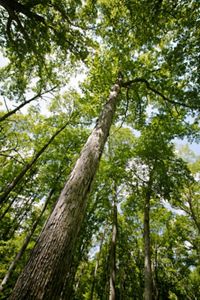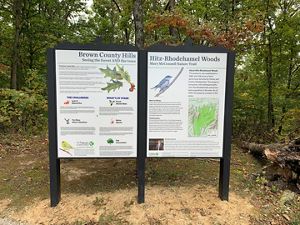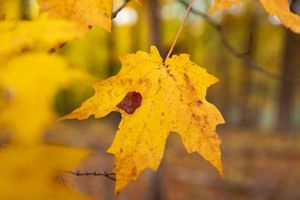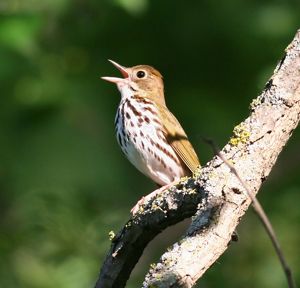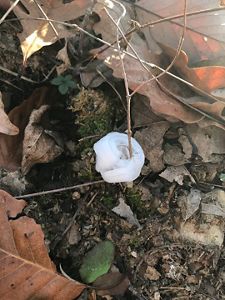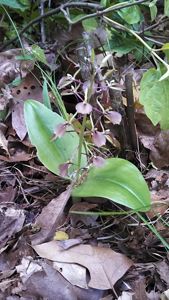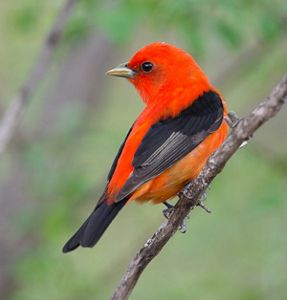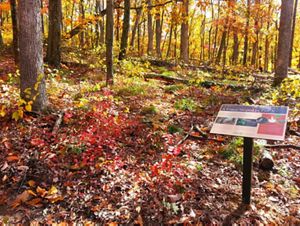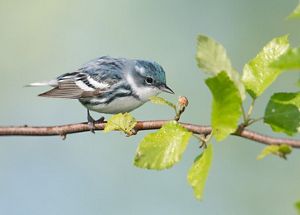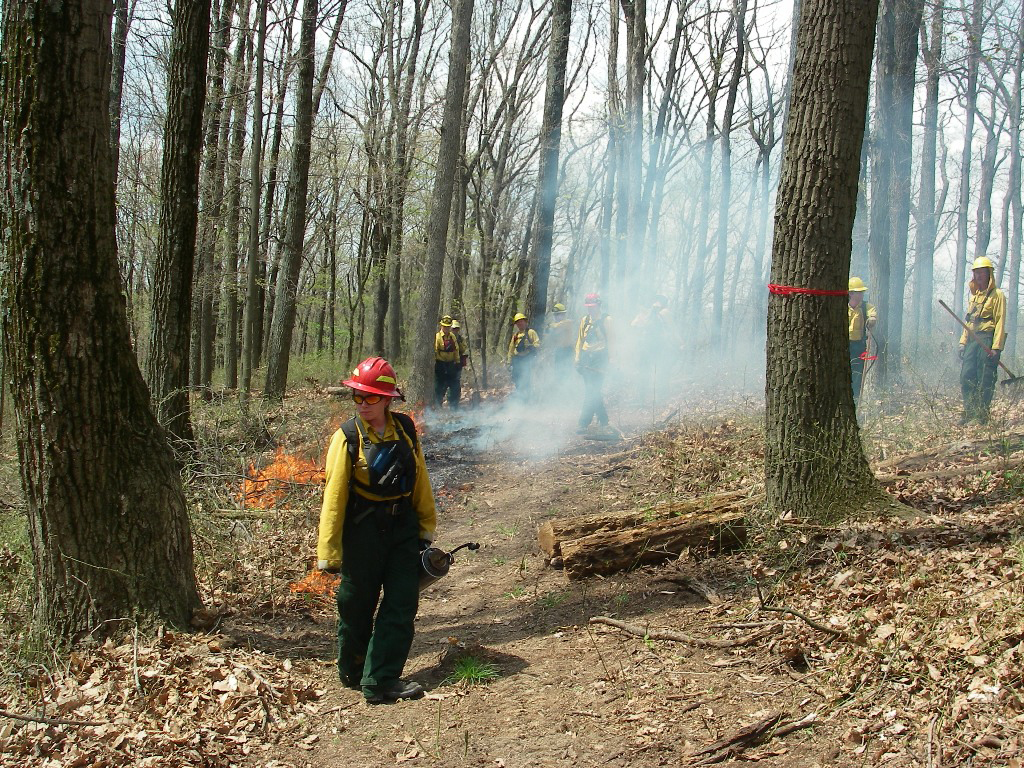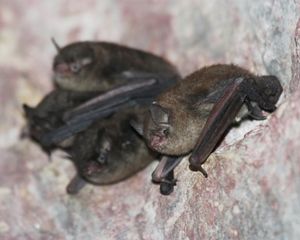Description
Hitz-Rhodehamel Woods in Brown County is a large, high-quality forest spanning ridge tops, ravines and upland areas. The preserve features chestnut oak forests on its dry ridges and white oak forests in the steep ravines. Unlike nearby natural areas, visitors won't have to fight the crowds to experience the best of what nature has to offer.
Hitz-Rhodehamel is part of the Brown County Hills, known for its rugged terrain and stunning autumn foliage. As the state’s largest most connected block of forest, the Brown County Hills area is more similar to pre-European Indiana than any place in the state. These forested hills contain a wondrous diversity of wildflowers, grasses, sedges and trees. The Brown County Hills is home to a diverse group of migratory songbirds, mammals large and small, and reptiles and amphibians that rely on this forested landscape for survival.
People also rely on this forested landscape. Hikers, birders, hunters, mountain bikers and nature lovers from all over come to experience and enjoy the forested hills and rugged topography. Pressure from people to subdivide and develop the hills can disrupt some of the natural processes of the forest itself. Development pressure combined with other factors such as too many deer, invasive species, inappropriate forest management and lack of natural processes like fire threaten the long-term health of the forests of the Brown County Hills.
TNC works with public and private land managers to ensure the long-term health of the Brown County Hills forests. Through donations from private individuals, foundations and corporations, we are able to permanently protect special areas within the Brown County Hills such as the Hitz-Rhodehamel Woods Preserve.

